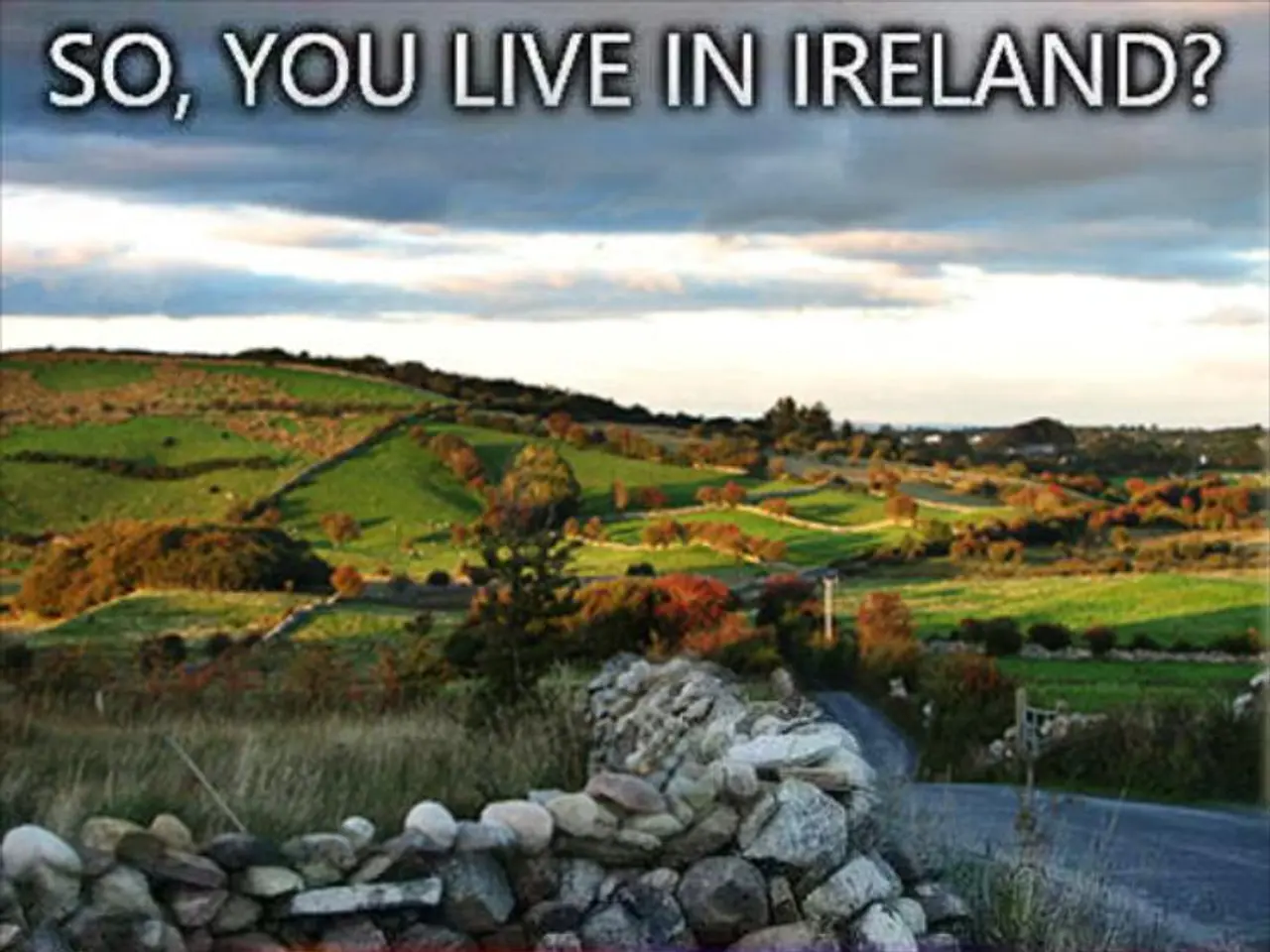Awaiting the Harsh Period Approaches Near
Wildfire Season in California: A Burden on Vulnerable Communities
As California gears up for the summer, the state is bracing itself for the annual threat of hurricanes and wildfires. The National Interagency Fire Center has forecasted "significant fire potential" across California this year, with the ongoing pandemic and a new emergency drought declaration in 41 out of 58 counties adding to the concerns.
The whiter the data, the less vulnerable an area is. However, the current fuel moisture levels are usually seen in late June, according to the California Department of Forestry and Fire Protection Battalion Chief Issac Sanchez. This indicates a high risk of wildfires this season.
The environmental justice aspects of California’s wildfire season highlight that lower-income and BIPOC (Black, Indigenous, and People of Color) communities face disproportionate health, economic, and recovery challenges due to wildfires. These communities often experience greater exposure to wildfire smoke—an invisible but deadly toxicant linked to thousands of premature deaths—and have less access to resources for recovery and protection.
Research shows wildfire smoke has caused tens of thousands of premature deaths in California over recent years, with toxicants from burned homes and infrastructure compounding health risks, especially in vulnerable populations located near fires. Lower-income and BIPOC communities are more likely to live in areas with greater exposure to smoke and air pollution.
Post-fire restrictions on rebuilding and development often delay or reduce affordable housing production, disproportionately harming low-income communities' ability to recover and rebuild after fires. Experts call for community-wide measures such as HEPA air filter distribution programs in low-income neighborhoods and enhanced healthcare surge planning during wildfire seasons to mitigate health impacts and reduce inequities.
Bold climate action is needed to reduce global greenhouse gas emissions to protect lower-income and BIPOC communities from the impacts of wildfires. Environmental justice advisory groups and elected officials emphasize the urgency of investing in nature-based climate solutions, including managing forests to reduce wildfire risk, to protect public health and vulnerable communities.
Indigenous and Latino leaders have highlighted the intersection of air pollution, environmental health, and social equity, underscoring the need for just transitions in climate policy to address these systemic disparities.
Wildfire smoke is found to be more harmful to human health than smoke from other sources, according to new research from UC San Diego's Scripps Institution of Oceanography. However, there is no published research yet on exposure to wildfire smoke specifically and its link to higher COVID-19 death rates.
California is using prison labor to help fight wildfires, but the pandemic has complicated the Fire Camp program due to mandatory 14-day quarantines and a "continued drop" in the number of incarcerated firefighters. Every day, firefighters, whether incarcerated or free, put their lives at risk. The risk has increased with the pandemic, as 33 people died last year in California alone.
To combat this, the state is looking to hire an additional 1,400 firefighters to staff crews. However, more than 29 million people in the U.S. face the potential of an extreme wildfire, and more than four million acres burned in California last year. With these numbers, it is clear that bold action is needed to protect all communities from the devastating effects of wildfires.
- In addition to producing a newsletter for the community, the magazine also plans to publish articles on the dangers of wildfire smoke and the importance of environmental justice.
- The health-and-wellness section of the magazine will feature an article about the link between wildfire smoke exposure and premature deaths, focusing on lower-income and BIPOC communities.
- A new study in environmental-science reveals that wildfire smoke is more harmful to human health than smoke from other sources.
- The general-news section will cover the ongoing wildfire season in California, highlighting the disproportionate impact on vulnerable communities and calling for climate action.
- The technology segment of the magazine will discuss the use of technology, such as drones, in fighting wildfires and protecting communities.
- The finances of managing the aftermath of wildfires, including the cost of rebuilding and the impact on businesses, will be addressed in the business section of the magazine.
- The lifestyle section will feature articles on how to stay safe during wildfire season and the importance of educational-and-self-development in understanding climate change and its impact on communities.
- The sports section will include stories about athletes who have been affected by wildfires and the impact of the ongoing wildfire season on local sports teams.
- The entertainment section will feature interviews with Indigenous and Latino leaders discussing their work on air pollution, environmental health, and social equity, as well as the intersection of these issues with the entertainment industry.




